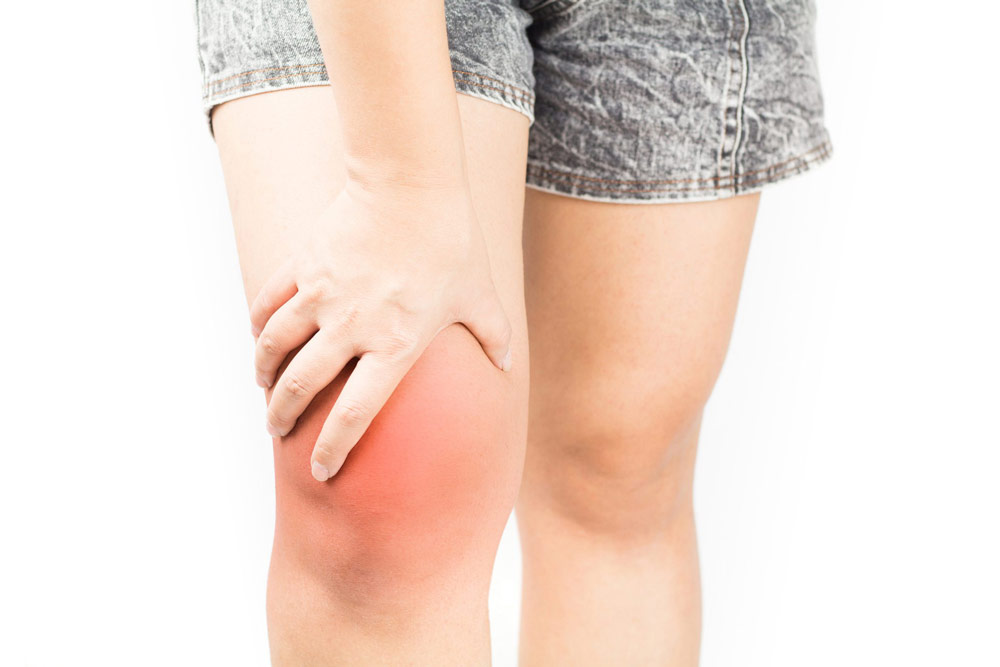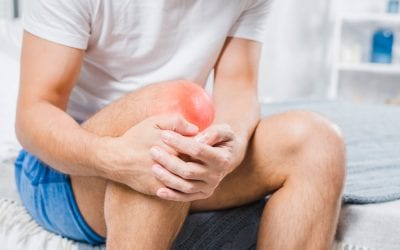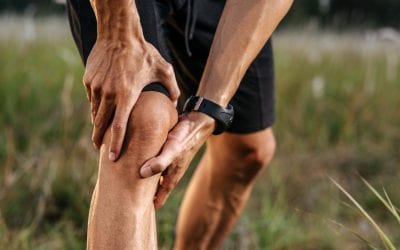This blog will be about lumps, what may be causing them and what to do if you think you have one.
There are many causes of lumps in your joints
Lumps under the skin are common. They could be due to trauma, especially if you recently had an injury or are an athlete or have a physically active job or hobby. This is one of the most common reasons people present to a physiotherapist with joint paint. Some lumps are caused by infections or an accumulation of fluid in the tissue called a cyst or abscess. Common types of cysts presenting as lumps include synovial cysts, ganglion cysts or Baker’s cysts which can form behind the knee.
Lumps can be benign tumours, meaning that they are caused by cell growths in the fat or skin but are not cancerous. It may also be a lump made from bone (a bony spur) which can occur in some conditions such as osteoarthritis. Lymph nodes can “swell” when you have an infection which could feel like a lump. Muscle knots, made of an acid build up, can be felt as a hard, small lump in muscles such as calves, shoulders or lower back.
Consider other symptoms you may have
Before visiting a physiotherapist, check over the area and look for any skin changes such as discolouration, redness, swelling, or lesions. Feel the lump and guess the depth (is it deep or superficial?) and see if you can move it around or if it is fixed in place. Is the lump soft, hard, smooth, or irregular? If the lump has changed in size or gotten bigger, was this change sudden or gradual and over what time frame? Lastly, is it painful, sore or tender? It is good to consider these if you choose to refer to a healthcare professional, so you can describe it clearly.
Know who to report it to
You should make an appointment to see a physiotherapist or a doctor if you are concerned. Due to coronavirus, appointments may be “virtual”, so you might have to take a photograph or be able to describe the lump.
If any of the symptoms are concerning, guidelines indicate that you will be given a scan as soon as possible to ensure it is treated in a timely manner.
What diagnostic tests can I expect?
You will be asked questions about the development of the lump and if possible, your lump may be examined. You may have a scan such as an ultrasound or an x-ray. In a few cases, a biopsy (a small sample of tissue removed with a scalpel) will be necessary for diagnosis.
What treatment is used for lumps?
This will greatly depend on the cause of your lump. In some cases, it will reduce on its own. Physiotherapy or rehabilitation exercise can often help. Some lumps can be treated by medication such as anti-inflammatories or antibiotics, as well as painkillers if it hurts. Some lumps can be drained, some removed with surgery, or if the lump is a sarcoma, it may also require radiotherapy.
Throughout the diagnosis and treatment process, healthcare professionals will keep you informed and be there to help with any concerns. You can always contact us here or visit www.manchesterlumpsclinic.com for further information.




